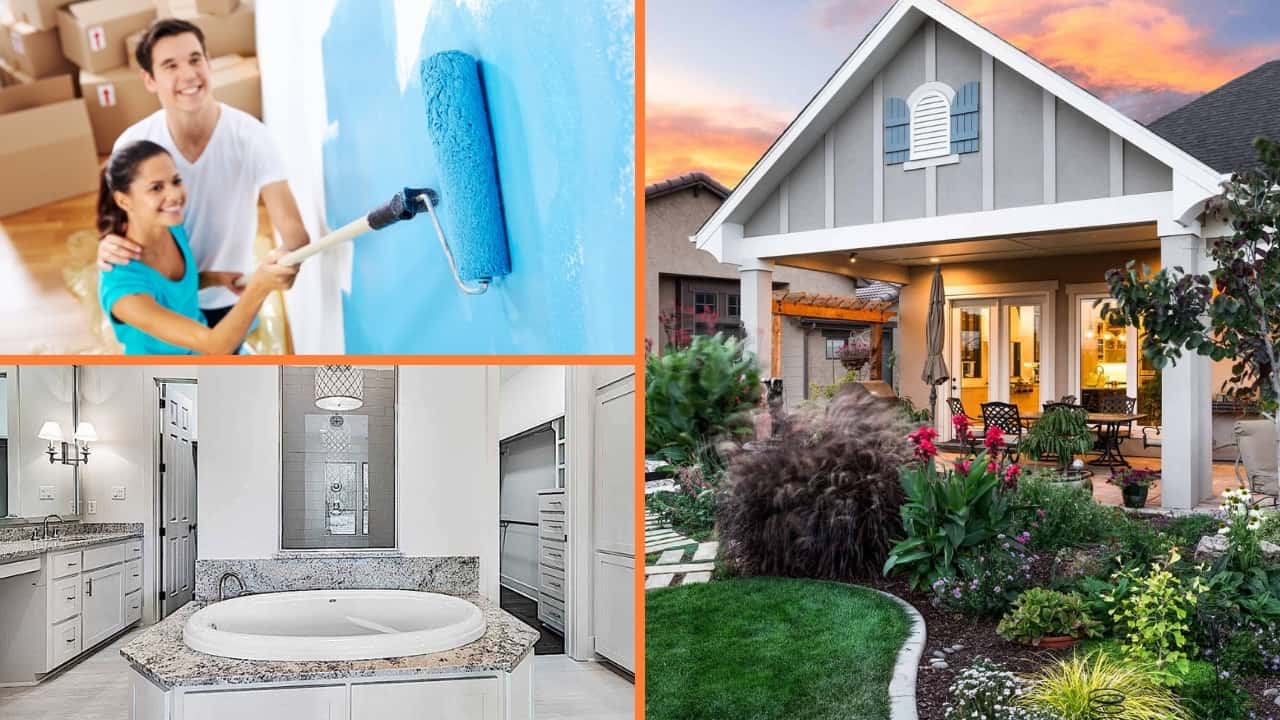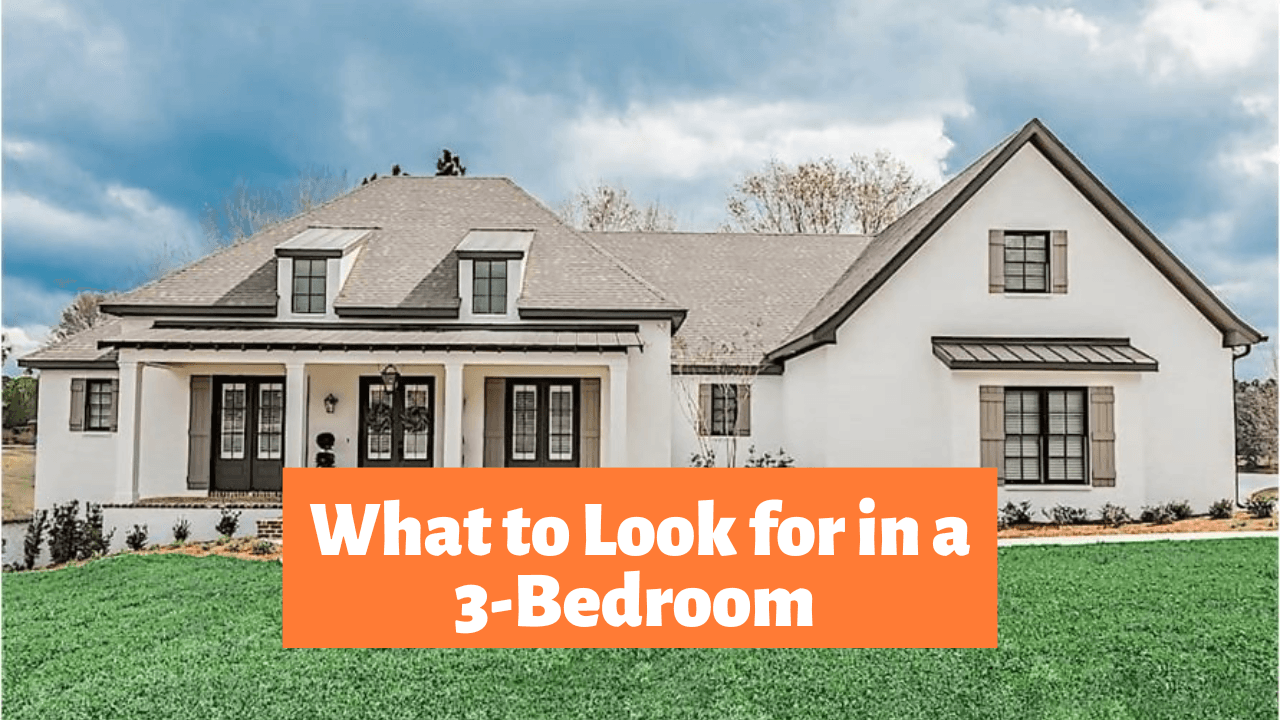How to Plan a Deck to Enhance Your Dream Home and Your Lifestyle
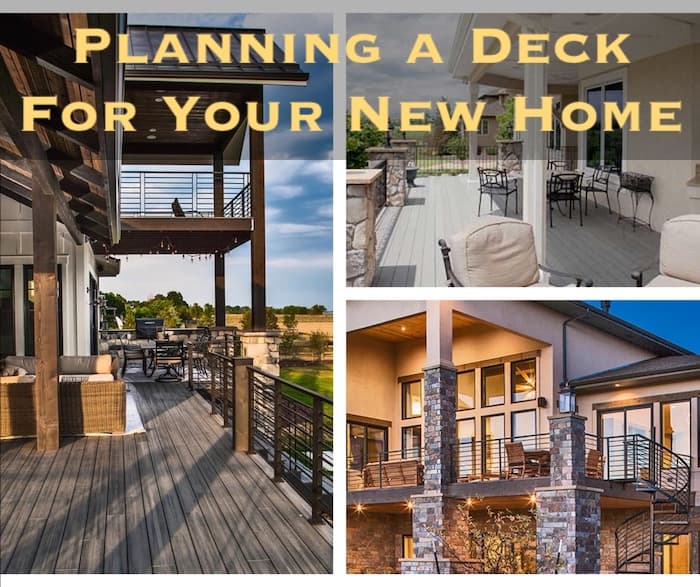
Spruce Up Your Backyard with an Attractive Outdoor Space
What is it about decks that fascinate most Americans? Whether homeowners live on the mainland, Hawaii, the tropical islands, and other parts of the world, the desire to have a deck almost always figures into the equation. Just watch House Hunters on HGTV to get an idea of the popularity and great demand for decks. And every year, a vast majority of new single-family homes built in the U.S. include a deck, porch, or patio.
There is no reason to believe that interest will decrease any time soon as more Americans attempt to create outdoor living spaces that fit their lifestyles – and more importantly, their budgets. So if youve been dreaming of building your own deck, here is some good news. You really can build a deck that your family and friends can enjoy for endless hours of BBQs, fun and games with the kids, and a spot where the family pets can be outdoors enjoying nature.
The latest designs in decks now afford homeowners more space for entertaining, and if you are looking at some of The Plan Collection house plans, just remember that even if the specific plan does not have the desk of your dreams, this is something you can negotiate with your contractor to expand into the dream deck you envision.
Why Decks are a Hot Trend
These days, the home deck is more than just an open outdoor space — it may include an outdoor kitchen, dining area, "living room," relaxation area – and it can even pose sometimes as a media room with an outdoor television and/or stereo sound system for poolside parties. Decks are becoming the new backyard spa, and quickly becoming the "room" homeowners want to renovate, as they ditch the simple deck of decades past in favor of one that functions more like an interior space. Because people primarily spend their time at home and work, they want a third place to relax, unwind, and socialize with family and friends. Increasingly, the backyard is becoming that third place, and that translates to more sales and more complex projects for building professionals who are involved in deck building.
With the growing popularity of outdoor living spaces, the once simple and ordinary deck has become a trendy and stylish item of new single-family homes. While the front porch remains the signature feature of traditional homes, country homes, and farmhouse home plans – and a “must-have” for potential buyers – the deck is not far behind, with its own appeal and charm.
So why do homeowners love decks?
1. A well-planned deck extends the home’s space to the outdoors. It seamlessly connects a home’s interior to the backyard and the landscape.
2. Decks are ideal entertaining spaces – perfect for cookouts, dinner parties, family gatherings, and social events. They are also great spots for relaxing, enjoying a morning coffee or an afternoon drink, and taking in the view.
3. They add visual appeal to the home – especially the backyard, which becomes more eye-catching with a creatively designed deck and fixtures.
4. Decks are more versatile than porches and provide privacy from street traffic.
5. They are easy to maintain.
6. Decks are relatively inexpensive and quick to build compared with other home additions. Because they can be completed in about a week’s time, they cause less disturbance to the household during construction.
7. Decks increase the home’s value and marketability.
The latest deck trend is the increase in square footage because most homeowners today want to spend more time outdoors with family and friends. Serious outdoor enthusiasts are decking their homes with everything from fire pits to deck gardens - using their decks 30 percent more than in prior years.
Homeowners used to be satisfied with a 20x10-foot deck that housed a simple Weber-type BBQ grill, some patio furniture, and a couple of pretty potted plants. Today’s it’s more about a deck design with multiple levels and steps, each for a different purpose. We’re seeing pergolas that provide privacy, built-ins for extra seating, mini kitchens for entertaining outdoors, Jacuzzis for water therapy and planters filled with flowers, or even herbs and outdoor gardens plus there is even extra storage for function and practicality.
For anyone living in a temperate climate you know that you will use your deck year round. Most homeowners in the United States begin using their decks around February or March – through October or November – with a little help from a warm outdoor fireplace, fire pit, or propane outdoor heating lamp.
Let’s also not forget that tech trendy lighting has also extended the amount of time people spend outdoors using their decks. Though tiki torches are passé, todays lighting is sophisticated – and you’ll find low-voltage lighting that is wired into your new decks steps, while light posts offer enough illumination for safe walking. Anyone can create a mood outdoors with lights.
Is There a Deck in Your Dream Home’s Future?
So you really want a deck. But before you jump into deck planning, there are a number of factors to carefully think about. Start planning the perfect dream desk today buy jotting down all the things you envision you and your family will really do outdoors on a deck. There is no need to waste money on those items you may never use – but most homeowners agree that they really do enjoy their decks. Take into account your home’s architectural design and its interior spaces when deciding on fixtures and accessories to make sure the deck fits your home and lifestyle. Then talk to your builder about expanding your new house plan’s decks to include the space you know you will use and enjoy for years to come, and remember it will increase the value of your home down the road. But there are a number of other important considerations when planning a deck.
Should I Do it Myself or Have My builder Do It?
Most experts consider building a home deck a “moderate-to-hard” undertaking. From the outset, you have to decide whether you are up to the challenge of the project or want to leave it to the professionals. Keep in mind that a design professional can help with the size, layout, materials, and features of your deck. Once you make the decision between “DIY” and a contractor, you can move on to other important considerations.
Determine the Site and Size
What types of activities do you plan for your deck? The rule of thumb is to allow these activities – family gatherings and meals, small cocktail parties, barbecues, relaxation, and more – to dictate its size, features, and access point. The deck should be large enough to accommodate all your planned activities. It should also complement your landscape, its natural surroundings and your neighborhood. It’s understandable to want a deck with all the amenities, but don’t make it atypical of your neighborhood. Plan and design a deck that is distinctive and fits your lifestyle – and is appropriate for your area.
When deciding on the main access point, through the kitchen is not the most suitable option because it will create traffic through the cooking and prep areas. Make sure railings are away from windows and out-swinging doors. The best design is to install sliding glass doors in the living room, dining room, breakfast nook, or family room that open onto the deck.
Set a Budget
Just as in buying a house, you have to establish a budget for your dream deck to cover all the costs that come with building it. A number of factors determine the total cost of a new deck – height, shape, number of levels, railing length, steps and benches, and built-in features. In addition, there are permit fees, labor and professional fees.
The average homeowner usually spends as little as $2,000 to about $7,000 to build a 200-500-square-foot deck. Bigger ones can cost between $14,000 to $20,000 – depending on its size, building materials, and amenities.
A simple do-it-yourself project can run as low as $900 to $1,800. Whichever option you choose, be sure you understand all the requirements – and stay within the budget for your deck.
Get Creative – with a Design Layout!
To get a better estimate of costs involved in building a deck, experts suggest doing a layout of the deck – and position all the fixtures and furniture in the spaces they are likely to occupy on the deck. Mark the space for a dining table and chairs, couch, deck chairs with cushions, side tables, plants, grill – if you’re planning on using one – at least three feet away from any wall and five feet from any overhanging structures. Walk around to be sure you have enough space to move around from one area to another. Once you’re very clear on the specifics of the deck’s size and layout, you can talk costs, timelines, materials, and special features with a contractor to get the project underway.
How Will You Outfit It?
You may want all the amenities of outdoor living on your deck – dining table and chairs, as well as furnishings for a small lounge area, perhaps a grill and fireplace, planters – but remember not to overload it. Most outdoor decks are designed to support 60 pounds per square foot, including the weight of the deck, people, and furniture. Do the math on a 200-square-foot deck and what it can support. Pass on a hot tub or heavy fixtures if you have not strengthened your deck’s support structure.
Designing by Design
As you go ahead with plans for your deck, ensure that the design deals with common problems.
• Sloped Yard – Not all decks are laid out on a flat landscape. Think multi-level for a sloped yard – with the hot tub on the lower level and space for meals and entertaining on the “upper” deck. With a two-tier deck, there is no need to use extra-tall posts that require bracing.
• Think of weather conditions – and install a pergola or awning that provides shade from the sun – plus rain and wind if possible.
• Privacy wall/screen - If you live in an area where houses are built close together, you’ll need some kind of wall to create a barrier between your deck and the neighbor’s house or yard. A wooden wall or a screen will give you the desired privacy and “protection” from street noise.
• Permits and Regulations – Get in touch with state, county, and/or city offices for the necessary permits and building and structural requirements covered by local codes. Homeowners Associations (HOAs) may also have guidelines regarding materials and finishes you are allowed to use. Your contractor can help with local utility companies – or be sure to contact them if youre "do it yourself" – for the location of any underground cables, wires, or pipes. Overall, follow rules and regulations in order to build your deck properly.
• Lights – Local codes already mandate lights for stairs to ensure safety during the climb. To improve visibility – and safety – at night and enhance the ambiance, you can install solar LED deck lights on the railings and the deck itself.
• Stairs and Railings are also governed by local codes. But homeowners can make stairs easier to climb by selecting shallower steps with deeper treads. As far as handrails go, they must be not only code compliant but also durable and easy to grip to prevent people from tripping or falling.
Once the planning blocks are set in place, homeowners can jump into the actual construction of their dream decks. Whether it’s a “do-it-yourself” project or one contracted with a professional, its sure to be one popular and satisfying undertaking.
Footnote: The left photo in the main image of this article is of the rear deck of a 5-bedroom Luxury home (Plan #161-1075); the bottom photo is of the rear covered deck of a 4-bedroom Contemporary Ranch style home (Plan #161-1085).
Additional Source
Plan Results
OR ENTER A PLAN #
Blog Resources
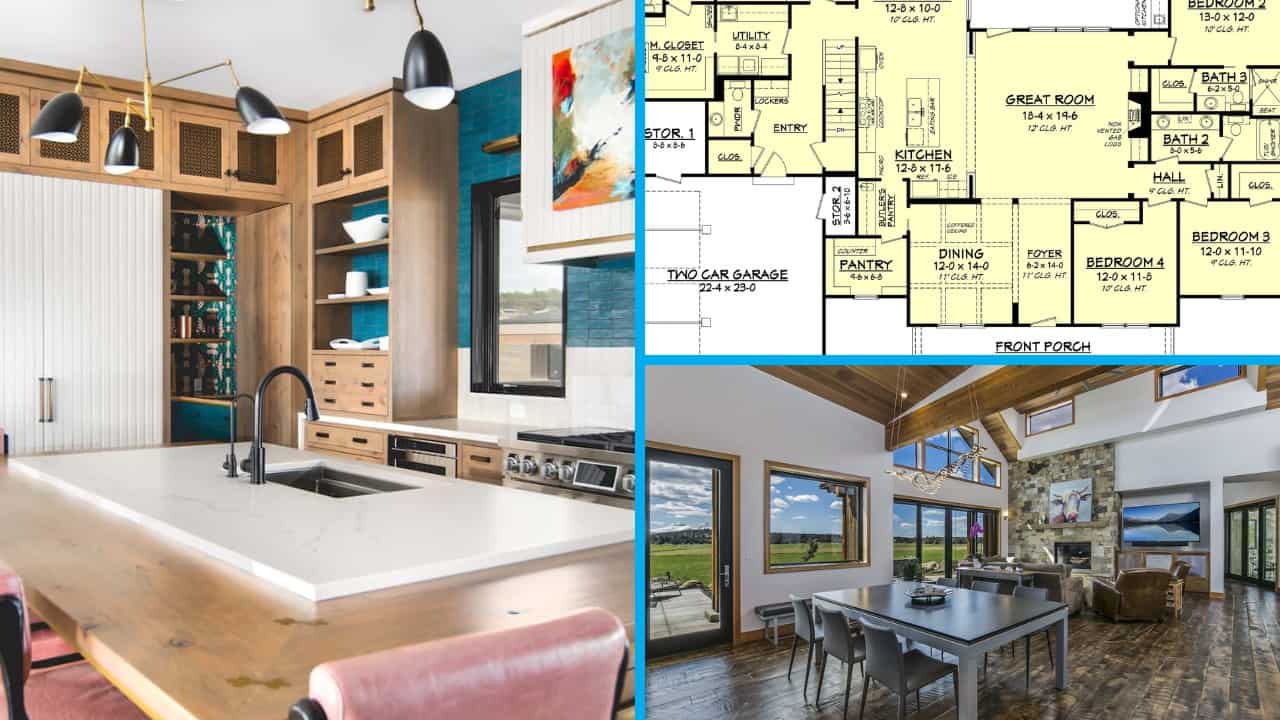
Home Design & Floor Plans
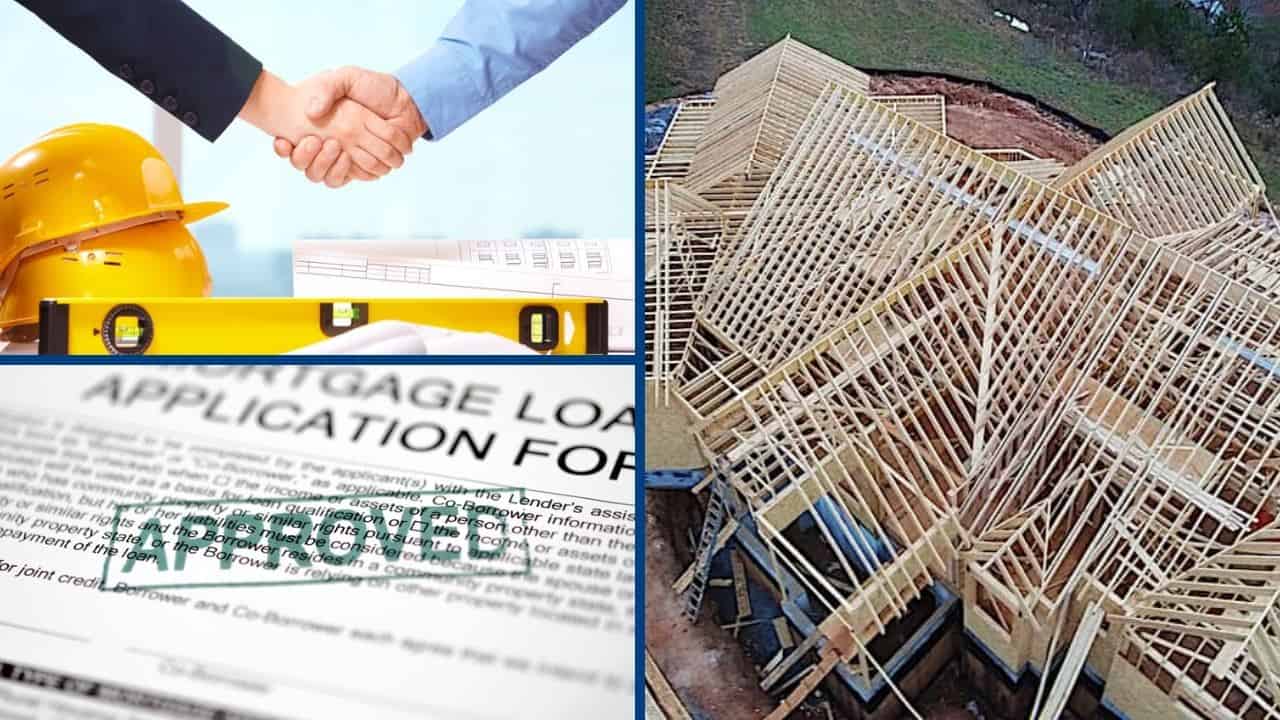
Home Building
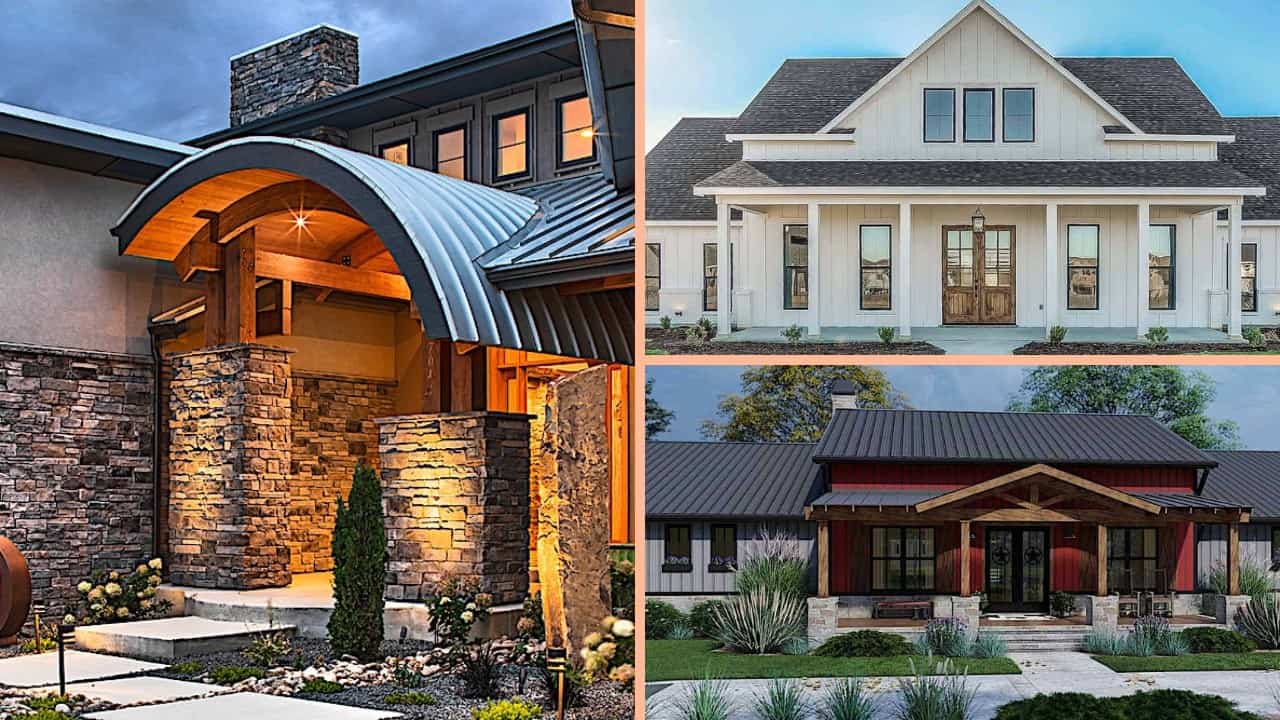
Architectural Styles/Architecture
